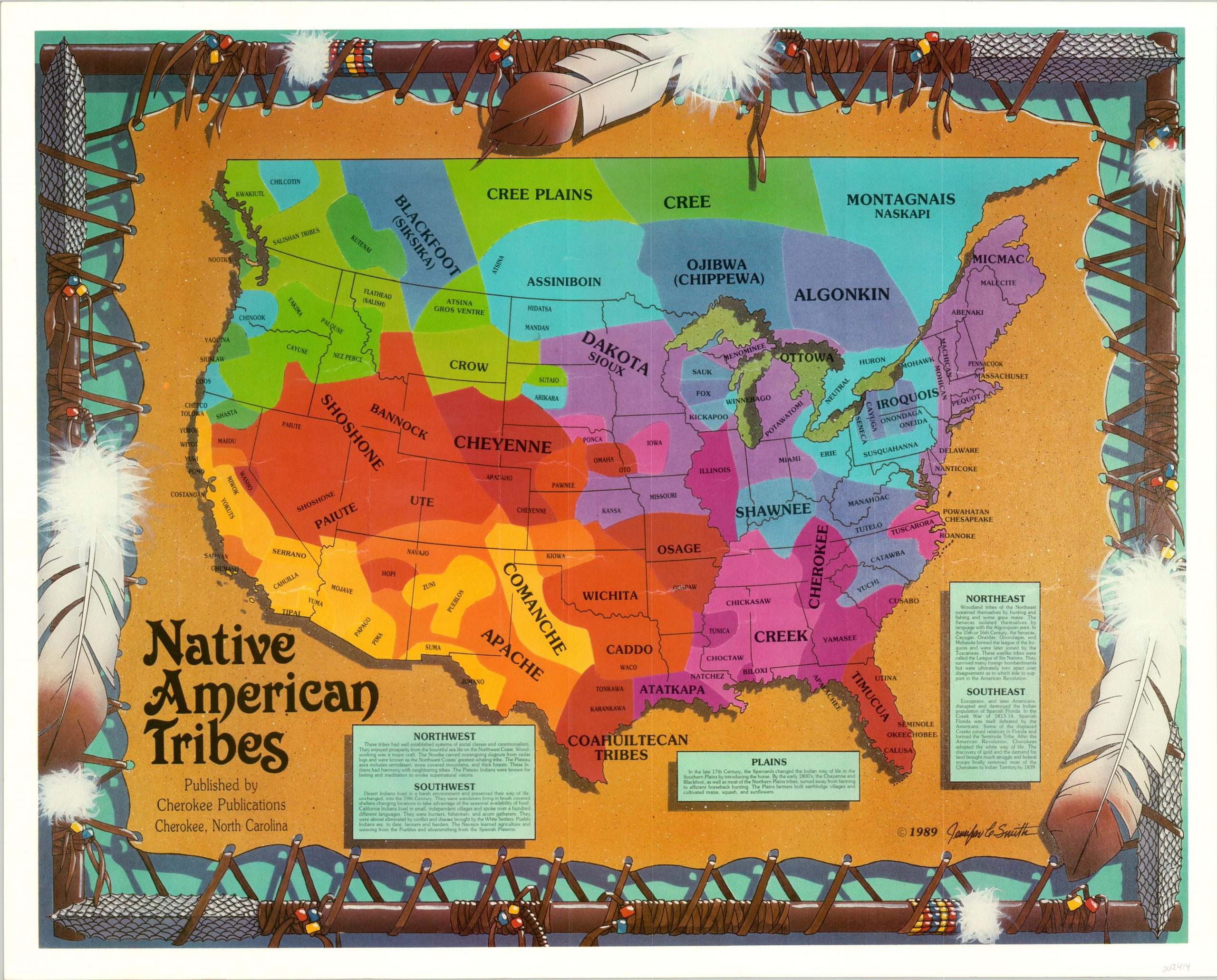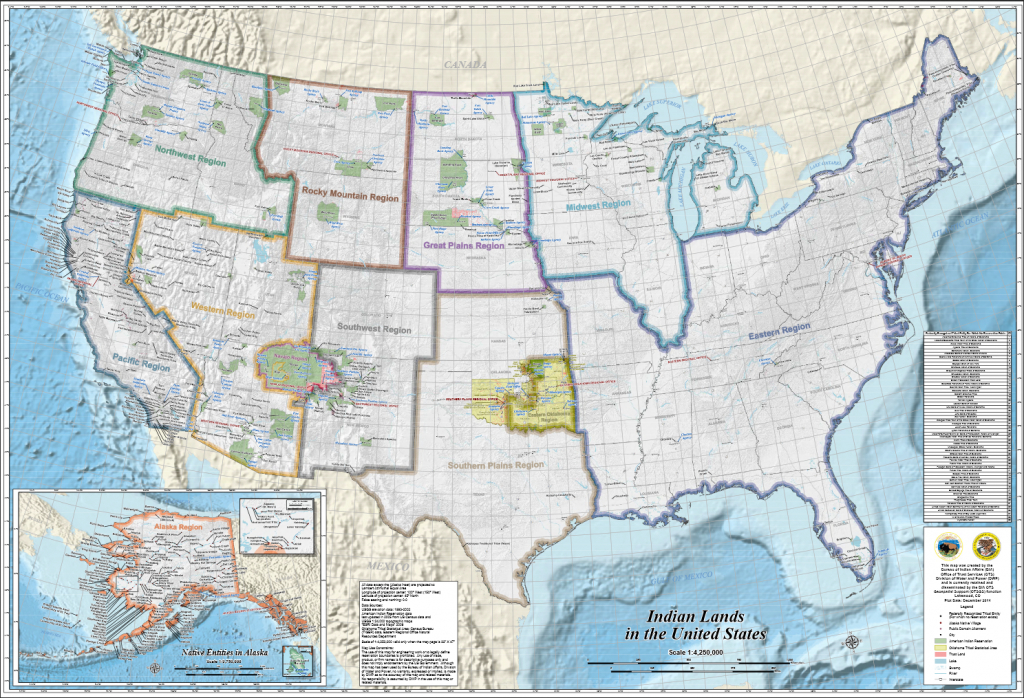
Charting the Unseen: A Journey Through Contemporary Native American Tribal Maps at the Ancestral Lands Cultural Preserve
Forget what you think you know about maps. For most of us, maps are fixed lines, static borders, and convenient routes. But step onto the Ancestral Lands Cultural Preserve in the heart of the Four Corners region, and you’ll discover maps that breathe, tell stories, and assert sovereignty – living documents crafted by contemporary Native American tribes. This isn’t just a travel destination; it’s an immersion into a profound re-envisioning of land, identity, and power, seen through the revolutionary lens of indigenous cartography.
The San Juan River Ute, whose ancestral lands stretch across this dramatic landscape of red rock canyons, winding rivers, and ancient juniper forests, have established the Ancestral Lands Cultural Preserve as more than just a heritage site. It’s a vibrant hub where their enduring connection to the land is celebrated, protected, and dynamically mapped. From the moment you arrive, the air hums with a different kind of history, one not confined to textbooks but alive in the wind, the geological strata, and especially, the sophisticated maps adorning the interpretive center.
The Interpretive Center: Where Lines Speak Volumes

The Preserve’s modern, thoughtfully designed Interpretive Center is where your journey into contemporary tribal mapping truly begins. Unlike the colonial maps that imposed arbitrary boundaries, these exhibits immediately challenge your perception of territory. Here, maps are not merely geographical representations; they are legal documents, cultural archives, and powerful statements of self-determination.
One of the most striking displays is the "Living Lands" interactive digital map. Projecting onto a vast, curved screen, it overlays traditional Ute place names and ecological zones onto satellite imagery. With a touch, you can switch between layers: historical treaty boundaries (often broken), current reservation lands, and crucially, the Ute Nation’s self-determined ancestral homelands, which extend far beyond federal designations. This isn’t just about showing "where things are"; it’s about demonstrating "where we are and have always been." The contrast is stark, immediately highlighting the disparity between imposed borders and indigenous realities.
Further into the exhibit, you encounter detailed GIS (Geographic Information System) maps, showcasing the Ute Nation’s sophisticated approach to land management. These aren’t historical curiosities; they are working maps used for environmental monitoring, natural resource management, and cultural site protection. You’ll see layers depicting migratory bird paths, critical plant habitats, archaeological sites, and even areas designated for traditional plant gathering, all meticulously cataloged and managed by the Ute’s own environmental and cultural resource departments. These maps are tools of sovereignty, enabling the tribe to make informed decisions about their land, independent of external governmental agencies.
Another powerful section focuses on "Language and Landscape." Here, maps are adorned not with English names, but with the Ute language, Southern Ute or Ute Mountain Ute. Each place name tells a story – describing a geological feature, a historical event, or a sacred connection. Audio stations allow you to hear the pronunciation, further deepening the connection between language, land, and identity. This exhibit powerfully illustrates how indigenous languages are inherently tied to geography, embodying a worldview that sees the land not as property, but as a relative and a teacher. These are not just maps of places; they are maps of memory, wisdom, and a living cultural legacy.

Beyond the Walls: Maps on the Land
While the Interpretive Center provides an essential intellectual foundation, the true magic of the Ancestral Lands Cultural Preserve unfolds when you step outside and connect the maps to the physical landscape. The Preserve offers several well-maintained trails, each designed to highlight specific aspects of the Ute’s mapped territories.
Guided by a Ute elder or cultural interpreter – a highly recommended experience – you’ll walk through canyons where ancient petroglyphs mark traditional hunting grounds, or along the San Juan River, a lifeline mapped for its ecological significance and its role in sustaining the Ute people for millennia. As you hike, your guide doesn’t just point out flora and fauna; they interpret the landscape through the lens of Ute maps. They might stop at a particular rock formation and explain its significance as a landmark on a traditional journey map, or identify plants used for medicine, their locations meticulously documented in the tribe’s contemporary resource maps.
One particularly poignant trail leads to a high overlook, offering panoramic views of the vast territory. Here, the abstract lines and layers you saw in the Interpretive Center suddenly become tangible. You can almost trace the boundaries of the original Ute lands, imagine the routes of ancestral migrations, and understand the deep historical and spiritual connection that defines the Ute people’s relationship with this land. The guide might point out how modern development encroaches on areas historically critical to the Ute, underscoring the ongoing challenges and the vital role contemporary mapping plays in advocating for land protection and cultural preservation.

These outdoor excursions transform the concept of a "map" from a flat piece of paper into a dynamic, living narrative. You’re not just observing; you’re experiencing the wisdom embedded in indigenous cartography, understanding how these maps are used to defend rights, manage resources, and transmit knowledge across generations. It’s a powerful reminder that for Native Americans, the land isn’t just territory; it’s identity, history, and future.
The Enduring Power of Indigenous Cartography
The Ancestral Lands Cultural Preserve offers more than just a glimpse into contemporary Native American tribal maps; it provides a profound education. It teaches that maps are never neutral. They are reflections of power, perspective, and purpose. The maps created by the San Juan River Ute are acts of self-determination, charting a future rooted in their past and present. They challenge the colonial narratives that often erase indigenous presence and sovereignty, instead offering a powerful, indigenous-centered view of the world.
Visiting this preserve is an opportunity to learn, reflect, and gain a deeper appreciation for the resilience, ingenuity, and profound connection Native American tribes maintain with their ancestral lands. It’s about understanding that contemporary mapping is a crucial tool in their ongoing struggle for self-governance, environmental justice, and cultural perpetuation.
Planning Your Visit
The Ancestral Lands Cultural Preserve is open year-round, though spring and fall offer the most comfortable hiking weather. Entry fees support the Preserve’s educational programs and land stewardship. Guided tours with Ute interpreters are highly recommended and can be booked in advance via their website. Respectful engagement is paramount: always stay on marked trails, do not disturb cultural sites, and engage with an open heart and mind.

This journey into contemporary Native American tribal maps is more than just a stop on your travel itinerary; it’s an invitation to see the world, and the land beneath your feet, in a profoundly new and meaningful way. It’s a testament to the enduring power of indigenous knowledge, and a crucial reminder that the most accurate maps are often those drawn from the heart of a people, by the people, for the people.
